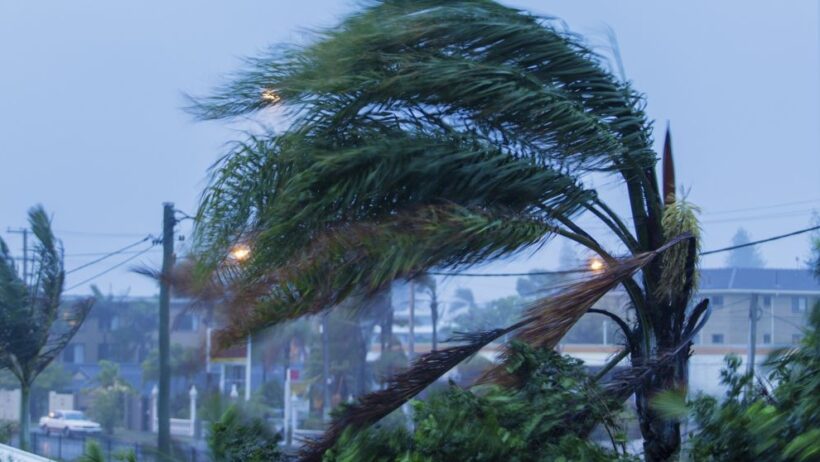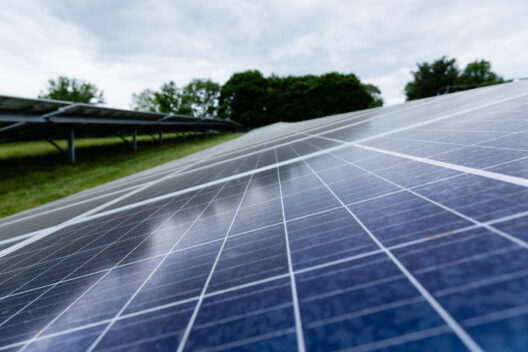The planet Earth is a crucible, constantly subjected to the mercurial whims of climatic shifts, and at the heart of these tumultuous changes lies the escalating phenomenon of global warming. Inextricably linked are hurricanes and cyclones, nature’s tempestuous manifestations that evoke both awe and terror. As the planet warms, ocean temperatures rise, creating the perfect breeding ground for these monstrous storms whose intensity and frequency are corroborated by mounting empirical evidence.
Globally, the average surface temperature has surged, a grim harbinger of atmospheric instability. The oceans absorb a significant portion of this heat, and thus, they metamorphose into vast expanses of warm water, akin to a pot simmering on a stove. As this warm water evaporates, it injects moisture into the air, creating a reservoir of energy. This energy is the lifeblood of hurricanes—powerful systems that thrive on warm, moist air. A mere increment of one or two degrees Celsius in sea surface temperature can significantly escalate the intensity of storms, transforming tropical depressions into Category 5 hurricanes with unfathomable destructive potential.
Moreover, the interactions between warm air masses and cooler air currents act as a catalyst for cyclogenesis, the process of storm formation. When hot, humid air rises, it leaves behind a vacuum, drawing in surrounding air to fill the void. This intricate ballet of air layers spins storms into existence, crafting behemoths that unleash ferocious winds and torrential rains capable of wreaking havoc over vast regions. The implications are chilling, as rising temperatures engender more severe storms, amplifying the frequency of catastrophic weather events.
Hurricanes and cyclones are not mere meteorological curiosities; they are harbingers of chaos. As they manifest, they evoke the ominous specter of destruction—drowned infrastructures, displaced families, and suddenly desolate landscapes. Communities that once flourished are often reduced to rubble, their resilience tested to the utmost. The scars they leave behind are not just physical; they resonate in the collective psyche of those affected, forever altering lives and legs in the wake of their fury.
The tides of desperation rise with these storms, yet the human response often drowns in an ocean of confusion. Emergency preparedness becomes paramount, but so too must come an understanding of the deeper connection between global warming and storm proliferation. Climate change serves as an accelerant in this chaotic narrative, skewing the balance of nature and igniting an insatiable cycle of destruction. Areas previously untouched by extreme weather are now enshrined in a new normal—vulnerable to the caprices of an increasingly volatile atmosphere.
As hurricanes gather strength, they also wield the power to transport enormous volumes of water, making storm surges a grave threat to coastal populations. The sea level rise induced by melting polar ice caps and thermal expansion further exacerbates this peril. A remarkable paradox emerges; those most affected by cyclonic devastation often contribute the least to the very problem of climate change. Vulnerable communities—poised at the edge of the seas—are thrust into the churning tempest, grappling not only with the aftermath but also with an unjust vulnerability that climate injustice has wrought.
The interplay between hurricanes and climate change paints a dire picture, yet woven into the fabric of chaos lies an opportunity for transformative action. Understanding the mechanics of these storms fosters a vital dialogue: one that transcends the realm of predictions and enters the domain of proactive measures. Enacting robust policies that mitigate greenhouse gas emissions is paramount, as is investing in renewable energy sources that can catalyze a sustainable transition.
Moreover, the influence of urban planning plays a significant role in this narrative. Coastal communities need to rethink their building practices, adopting resilient architecture that can withstand the rigors of nature’s fury. Strategic flood defenses and improved drainage systems can act as bulwarks, while fostering community engagement ensures that every voice is heard in the collective fight against impending chaos. The time for transformation is now; the horizon darkens with the threat of storms, and united action may be our strongest defense.
As humanity grapples with the reality of global warming, the metaphoric eye of the storm lays bare a profound truth: our actions have direct consequences on the planet’s health. Much like a storm churns over the ocean, the collective consciousness must swirl around pursuits that prioritize sustainability, equity, and climate justice. The aftermath of hurricanes and cyclones is not solely an environmental issue; it is an ethical imperative that requires us to confront the intricate lineage of our choices.
In closing, global warming serves as the loom upon which the fabric of modern life is woven, and hurricanes and cyclones are the patterns that emerge—imposing, dynamic, and often tumultuous. As these swirling forces of chaos continue to escalate in frequency and intensity, galvanizing action toward mitigation becomes not merely a choice, but a necessity. The storm is at the door; how we respond will define our future, and the legacy we leave for generations yet to come. Embrace the challenge, for it is in the nexus of threat and action that true resilience is born.






